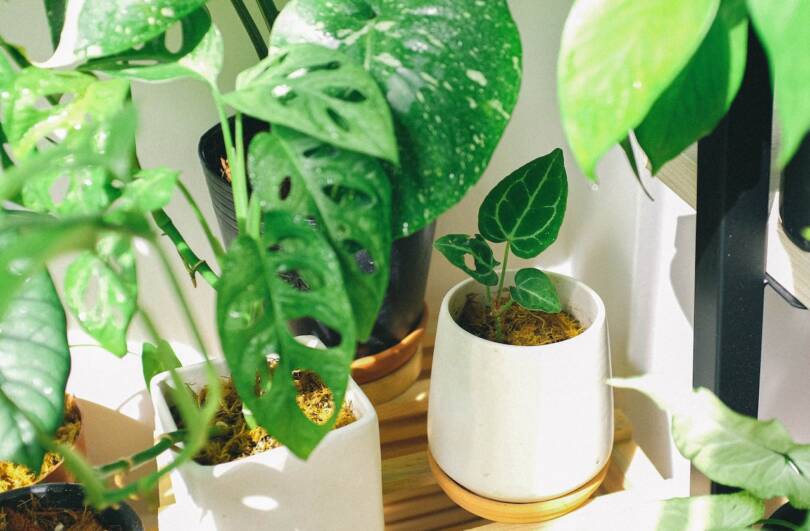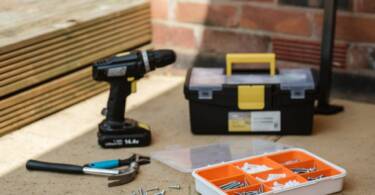The best way to ensure you properly care for your plants is to choose a good pot for them. Plants make our house feel more welcoming, and if you want to add new ones to your collection, you need to move them into new pots from the moment you bring them home. Although they come with some containers when you buy them, they are not meant for long-term use because they will not meet your plant’s needs in time. Also, the other plants from your home will also enjoy a new home, as after spending several months or years in a growing container, they have most likely outgrown it and would appreciate a new home that lets them thrive. On the market, you will find a variety of pots, but you should always keep in mind to choose something with good drainage that has a suitable size.
So, whether you are looking for something to repot your old plants or add new additions to your plant collection, here is a guide to help you find the best homes for them.
What’s the difference between planters and pots?
To help you find the best container for your plant, you first need to become familiar with the terms planters and pots, as both are alternatives you will find on the market. And although they are usually used interchangeably, they refer to different things. For example, pots are smaller, usually round and meant for a single plant. On the other hand, planters are generally made for outdoor use, have irregular sizes and can hold multiple flowers.
When do you have to repot your plants?
Now that you know what both terms mean, it is time to move to other essential aspects, like the repotting time. You might have asked yourself why this process must be done and when you have to repot your plants. Well, you need to know that repotting is essential so that your greeneries will grow healthy and strong, and this is why it is good to repot plants from the first moment you bring them from the nursery. Also, you should look at the old plants that have stayed in the same planters for years, and if you see that the roots don’t have enough space, it might be time to find them new homes. If the pot isn’t large enough for a plant, the roots will cramp and enter a stage known as rootbound that will not let the plant grow, which can make it die eventually. But keep in mind that if the container is too large, it can also harm your plant’s health, as the soil can preserve more water than it needs.
To make things easier for you and recognize the time when your plant needs a new pot, you need to look for these signs:
- The roots have begun to extend out of the pot. If the containers have drainage holes, your plants will have enough room to spread their roots outside, so when you see that this happens, it is time to introduce them to new pots.
- The plant retains more moisture. If your plant has been fine with being hydrated once a week, but suddenly this doesn’t meet its needs anymore, you need to search for a new home for it.
- The plant does not grow the way it should. If you see that your plant isn’t growing anymore, the culprit, in most cases, is the pot in which they are planted. So, if it doesn’t evolve how it should, your plant may have outgrown its space and need a new container.
Size matters
When you search for flower pots, one of the most vital aspects you must remember is the size. This is why, before you begin to search for planters, you need to identify the right size your plants need to grow strong and healthy. For example, for plants growing in pots that are 10 inches in diameter or less, it is good to increase the pot size by one to two inches. For larger plants growing in pots greater than 10 inches, you can increase the planter size by two or three more inches.
So, for example, if you have just purchased a plant that comes in a 5-inch pot, you can transition it to a container that is 6 inches in diameter. And although it might be tempting to go for a planter with bigger dimensions, you must only consider what is recommended. As an average house plant grows slowly, there is no need to pick something much bigger than your current pot. Plus, if a container is too large, it can cause health issues to your plant, as the soil can retain more water than needed, which in the long run, will not prove beneficial to your plants.
Besides the size of the pot, which greatly matters, it is always important to keep in mind to water your plants frequently and ensure they have enough light. This is why it might be good to consider some planters on wheels from elho so you can easily move them to the sunnier areas.
Different types of pots
Also, the material you choose for your pots is very important so that your plants will look amazing in your house. The most common pots are the following:
- Terracotta containers are versatile and affordable, and you will find plenty of choices in different colors. The only disadvantage of this material is that it is fragile and can chip and crack. Also, it can be damaged by cold temperatures. The plants suitable for terracotta pots are cacti, succulents, or orchids, to name a few.
- Ceramic pots are a good alternative as they come in several colors, sizes and styles and are very popular among homeowners. Boston fern, spider plant, and Golden pothos are a few of the plants that are suited for ceramic pots.
- Plastic, Fiberglass and Resin are good options as they look good, are easy to clean, and you find them at a lower price. They can be homes for small succulents or herbs.
So, how do you choose pots for your plants?









